How To Clean Snow Off Solar Panels?
As the adoption of solar energy continues to rise, more homeowners and businesses are investing in solar panels to harness the power of the sun. However, for those living in regions that experience heavy snowfall, winter can pose a significant challenge to maintaining the efficiency of these solar panels. Snow accumulation can block sunlight, reducing the panels' ability to generate electricity. Therefore, understanding how to effectively clean snow off solar panels is crucial for maximizing their performance during the winter months.
Understanding the Importance of Snow Removal
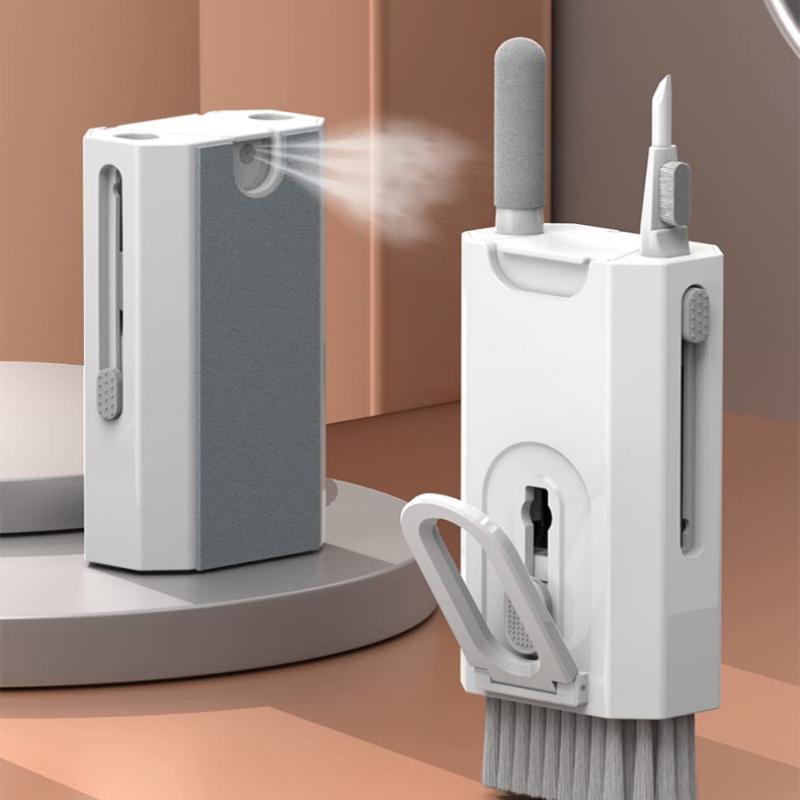
Solar panels rely on direct sunlight to generate electricity. When snow covers the panels, it acts as a barrier, preventing sunlight from reaching the photovoltaic cells. This can lead to a significant drop in energy production, which can be particularly problematic during the winter when days are shorter and energy needs may be higher. Therefore, keeping your solar panels clear of snow is essential for maintaining optimal energy output.
Safety First: Precautions Before Cleaning
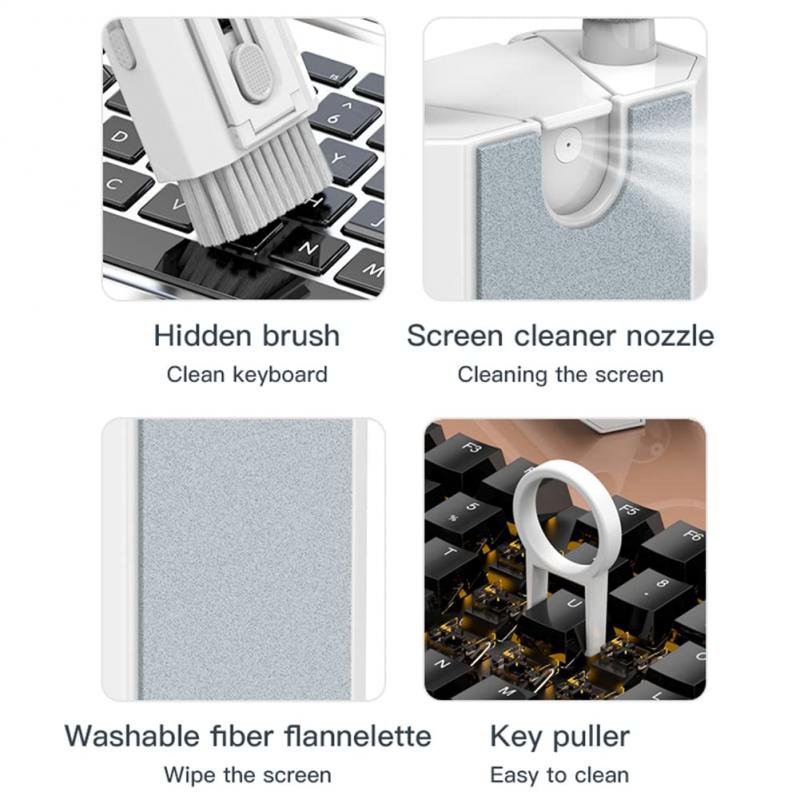
Before you begin the process of cleaning snow off your solar panels, it's important to prioritize safety. Here are some key precautions to consider:
1. Avoid Climbing on the Roof: Climbing onto a snow-covered roof can be extremely dangerous. The risk of slipping and falling is high, and the potential for injury is significant. Instead, use tools that allow you to clean the panels from the ground.
2. Use Non-Abrasive Tools: Solar panels have a delicate surface that can be easily scratched or damaged. Avoid using metal tools or anything abrasive that could harm the panels. Opt for soft brushes or specialized snow removal tools designed for solar panels.
3. Check the Manufacturer's Guidelines: Some solar panel manufacturers provide specific recommendations for snow removal. Be sure to review these guidelines to avoid voiding any warranties or causing damage to the panels.
Effective Methods for Cleaning Snow Off Solar Panels
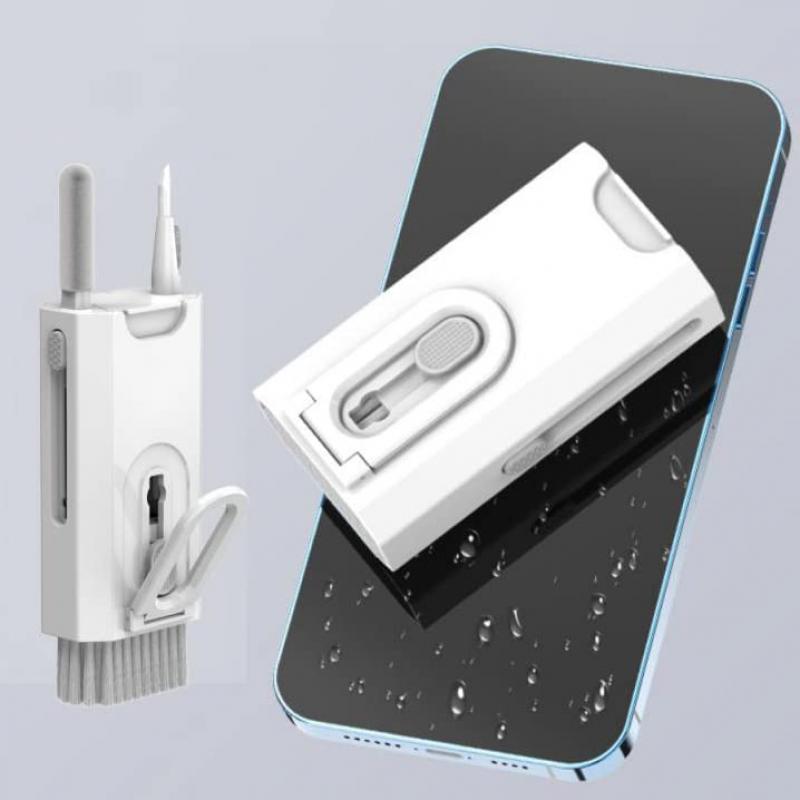
There are several methods you can use to clean snow off your solar panels. The best method for you will depend on the amount of snow, the accessibility of your panels, and the tools you have available.
1. Solar Panel Snow Rake
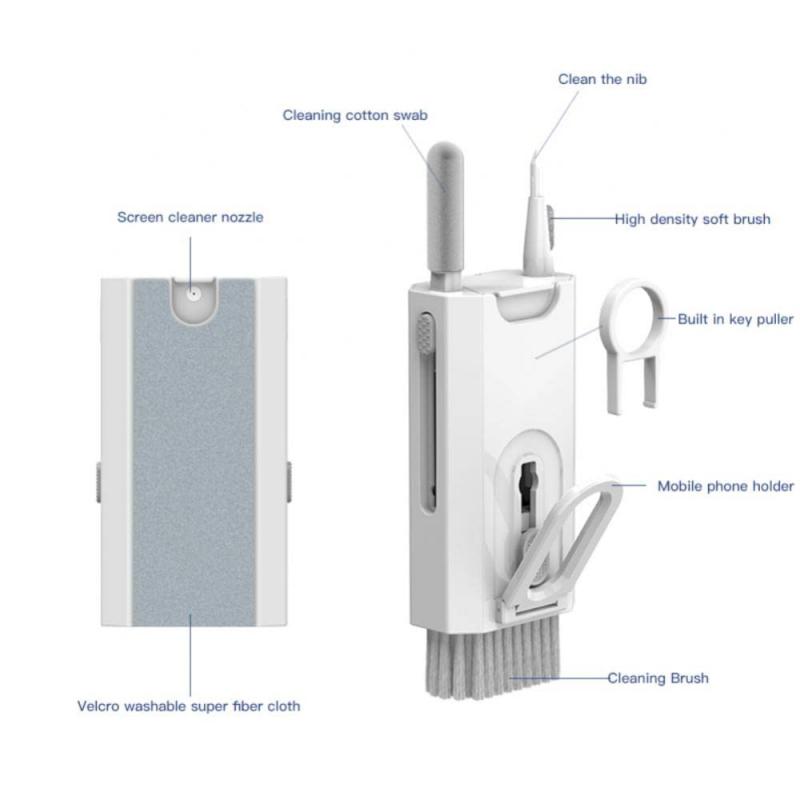
A solar panel snow rake is a specialized tool designed specifically for removing snow from solar panels. These rakes typically have a long, extendable handle and a soft, rubber blade that can safely clear snow without damaging the panels. Here's how to use a solar panel snow rake:
- Extend the Handle: Adjust the handle to the appropriate length so you can reach the panels from the ground.
- Gently Pull the Snow: Starting from the top of the panel, gently pull the snow downwards. Be careful not to apply too much pressure, as this could damage the panels.
- Work in Sections: Clear the snow in small sections to avoid overloading the rake and to ensure thorough removal.
2. Soft-Bristled Broom
A soft-bristled broom can be an effective tool for removing light to moderate snow accumulation. The soft bristles are gentle on the panels and can help sweep away snow without causing damage. Here's how to use a soft-bristled broom:
- Choose a Broom with a Long Handle: A broom with a long handle will allow you to reach the panels from the ground.
- Sweep Gently: Use gentle, sweeping motions to remove the snow. Avoid pressing down too hard, as this could scratch the surface of the panels.
- Clear the Edges First: Start by clearing the edges of the panels and work your way towards the center. This will help prevent snow from sliding back onto the cleared areas.
3. Leaf Blower
For light, powdery snow, a leaf blower can be an effective and non-contact method for clearing snow off solar panels. The force of the air can blow the snow away without the need for physical contact. Here's how to use a leaf blower:
- Use on Dry, Powdery Snow: This method works best on dry, powdery snow that hasn't had a chance to compact or freeze.
- Direct the Airflow: Aim the leaf blower at the panels and direct the airflow to blow the snow off. Be sure to use a low to medium setting to avoid damaging the panels.
- Work in Sections: Clear the snow in sections to ensure thorough removal and to prevent the snow from simply shifting to another part of the panel.
4. Warm Water
In some cases, using warm water can help melt the snow and clear the panels. However, this method should be used with caution to avoid thermal shock or damage to the panels. Here's how to use warm water:
- Use Lukewarm Water: Avoid using hot water, as the sudden temperature change can cause the panels to crack. Lukewarm water is safer and effective for melting snow.
- Pour Gently: Pour the water gently over the panels, starting from the top and working your way down. Be careful not to use too much water, as this can create ice if the temperature drops again.
- Dry the Panels: After the snow has melted, use a soft cloth to gently dry the panels to prevent ice formation.
Preventative Measures
In addition to regular snow removal, there are several preventative measures you can take to minimize snow accumulation on your solar panels:
1. Install Panels at an Angle: Solar panels installed at a steeper angle are less likely to accumulate snow, as the snow will slide off more easily. Consult with your solar installer to determine the optimal angle for your panels.
2. Use Anti-Snow Coatings: Some manufacturers offer anti-snow coatings that can be applied to the surface of the panels. These coatings help reduce snow adhesion and make it easier for snow to slide off.
3. Consider a Heating System: In areas with heavy snowfall, installing a heating system beneath the panels can help melt snow and prevent accumulation. This can be an effective but more costly solution.
Maintaining the efficiency of your solar panels during the winter months requires regular snow removal. By using the right tools and methods, you can safely and effectively clear snow off your panels, ensuring optimal energy production. Remember to prioritize safety, use non-abrasive tools, and consider preventative measures to minimize snow accumulation. With these strategies in place, you can keep your solar panels functioning at their best, even in the snowiest conditions.




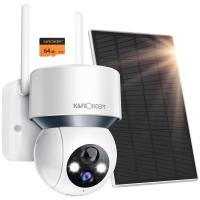



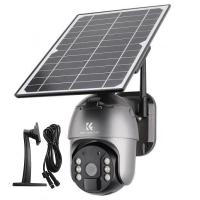
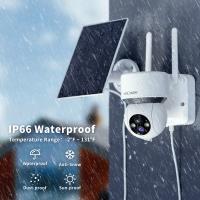

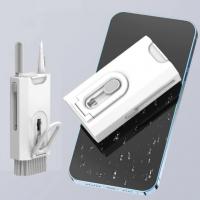
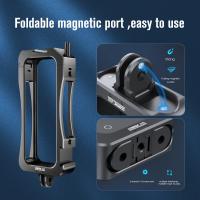

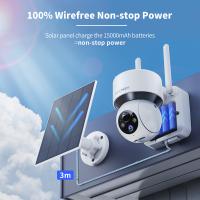


There are no comments for this blog.